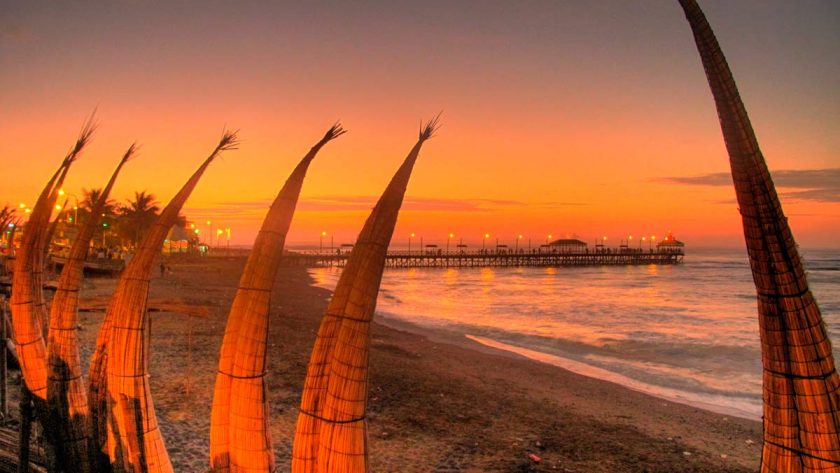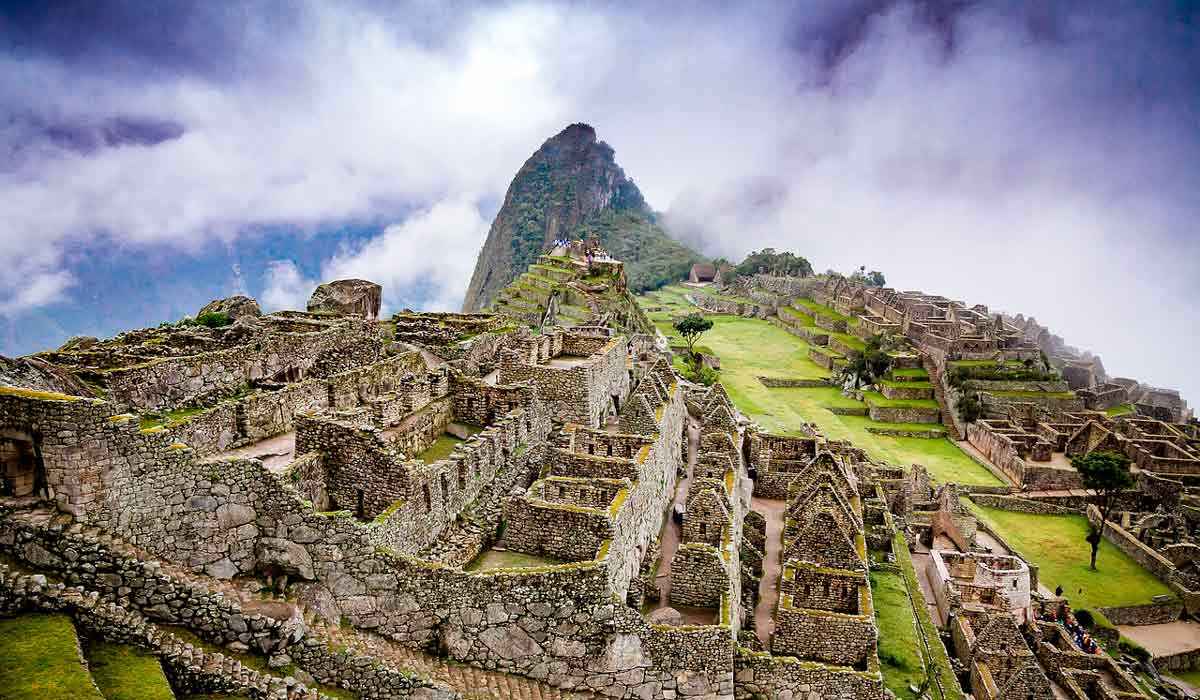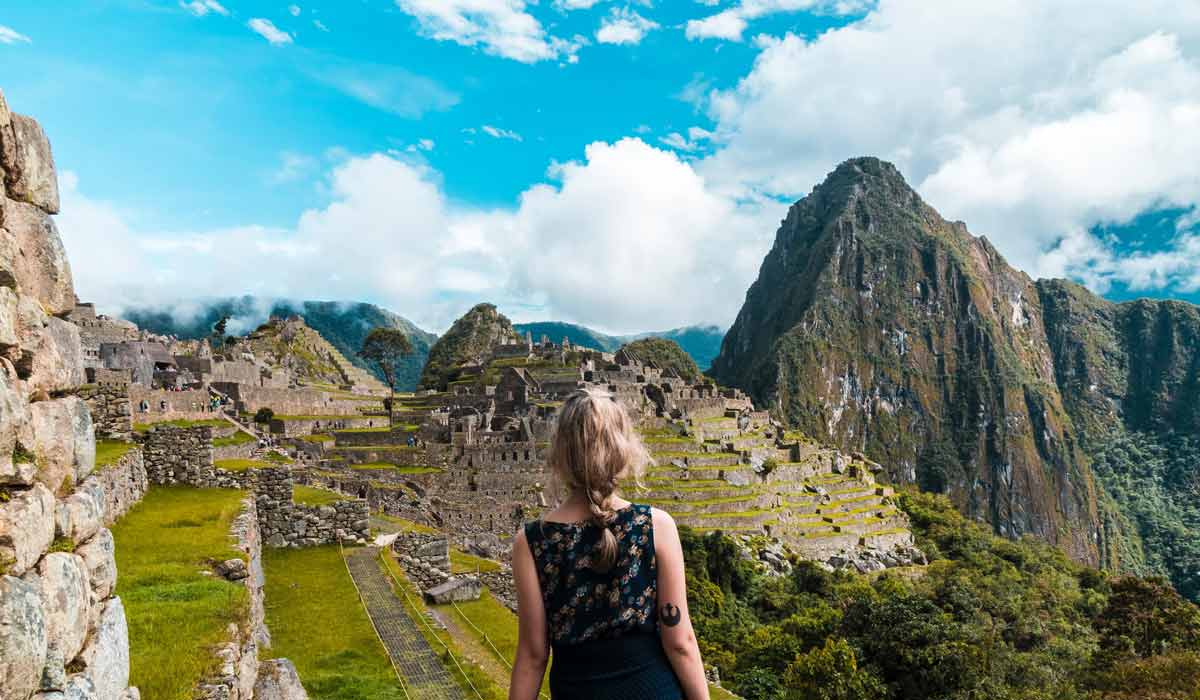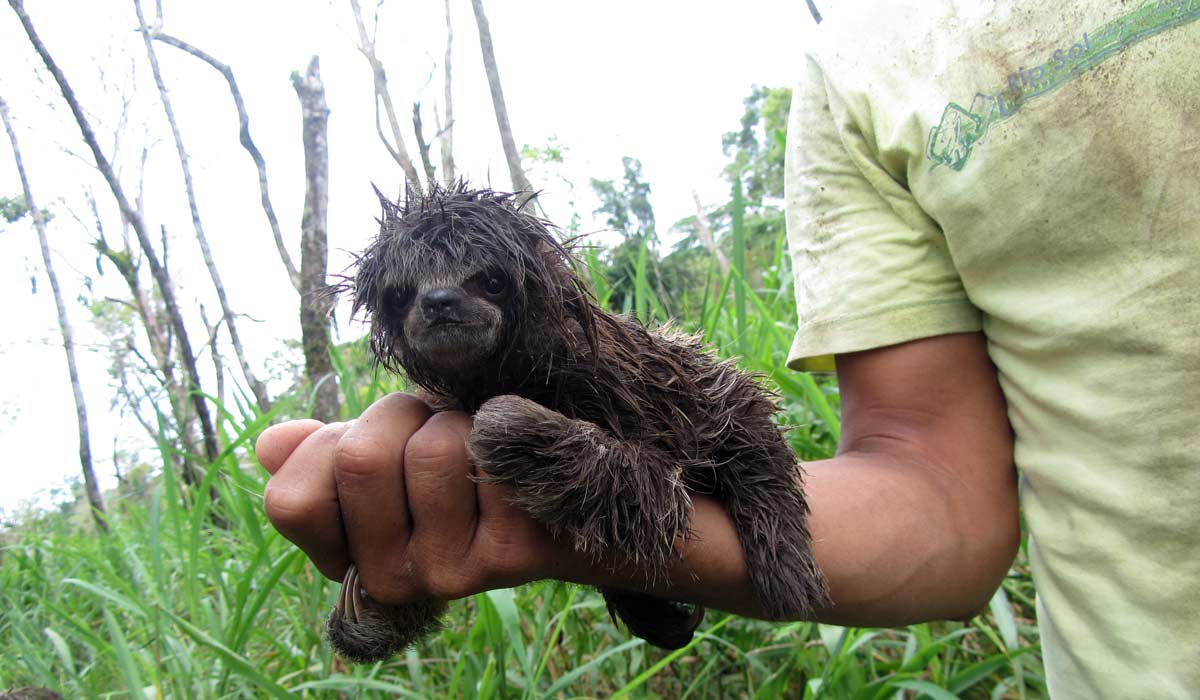This post is also available in:
 Español
Español
If you’ve reached this post, you’re probably already thinking about visiting Peru and if not, you’ll want to go after reading a little more about the legendary tradition of “los Caballitos de Totora“.
We invite you to know a little more about Peru, so that in addition to visiting Machu Picchu and the Iquitos Jungle, you can discover part of the country’s culture. So, today we tell you all about the Caballitos de Totora! Let’s get started 😉
What are the Caballitos de Totora ?
The Caballitos de Totora have been built for 3000 years in the territories of Bolivia and Peru. They are boats made by the locals with totora reed stalks, so they have an expiration date when they get too wet.
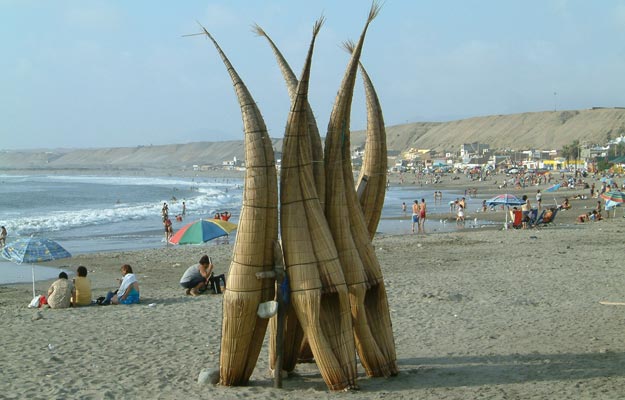
To this day they are still used for fishing on the north coast of Peru, especially at Huanchaco beach, one of the 5 best beaches in the country for us, and also to ride the waves surfing.
They are a symbol of prestige, so many restaurants in the area place it at their entrance for decoration.
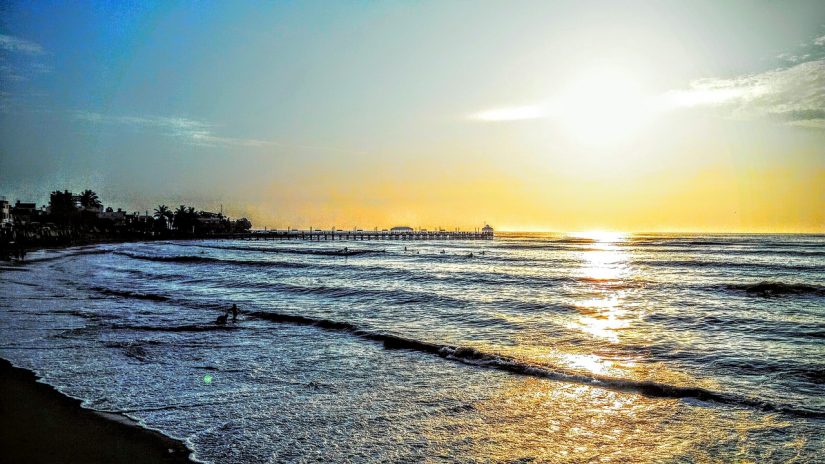
Due to their dimensions, these boats could carry up to 200 kg of cargo and transport one person, so the Inca ancestors had enough capacity to acquire fish and feed their families.
We are talking about a tool that measures between 4.5 and 5 meters long, 1 m wide and reach weighing 50 kg. In other words, you have to be in shape to be able to go into the ocean with a Caballito de Totora
The main parts of the boat are called “sons” and “mothers”. So we are talking about two types of sticks: the more robust ones and two others, the mothers.
These names are a simile, as the mother pieces at the top give the feeling of protection to the sons and support them.
Los Caballitos de Totora have a great historical value and they are Cultural Heritage of Peru. Today they are symbols of a millenary culture with the spirit of sailing oceans.
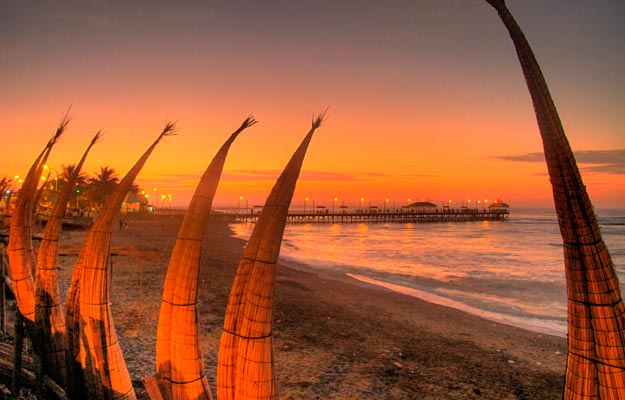
A little bit of history
They say that a little bit of history always comes in handy so… Here we go!
The Caballitos de Totora emerged from the Chimú and Moche culture around 3000 years ago. It is known because ceramics were found showing fishing scenes using this navigation.
It seems that the legacy of the Inca ancestors does not only consist of the fascinating ruins and temples of Machu Picchu and Sacred Valley.
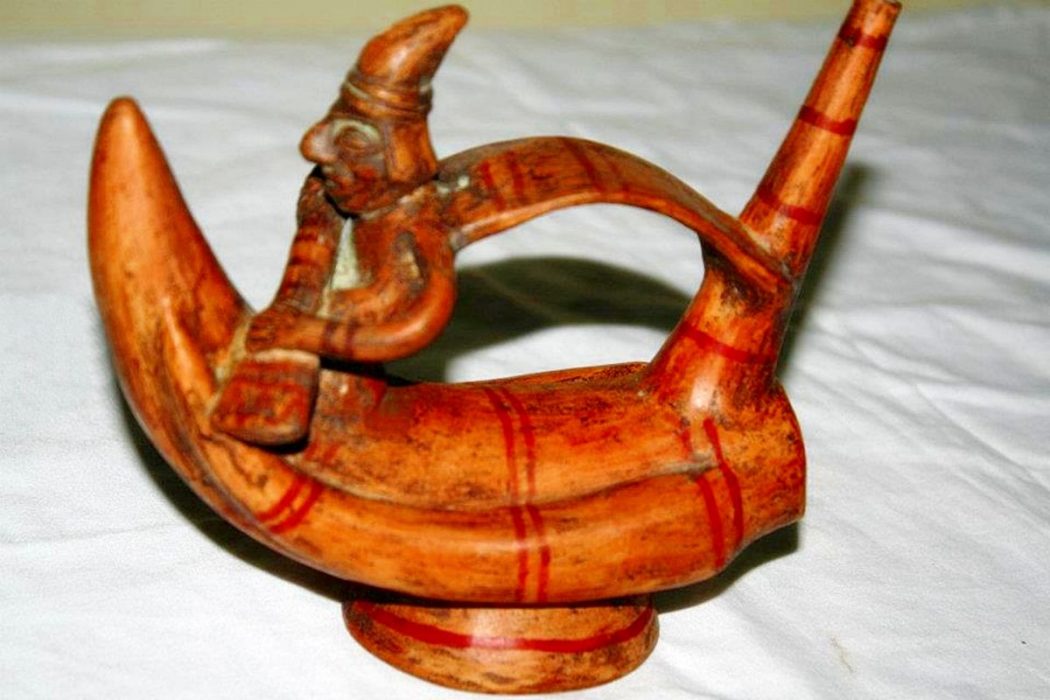
The Moche used the caballitos de totora mainly for fishing and that includes going in and out of the ocean surfing the waves.
They made use of a paddle composed of Guayaquil reed and to get out of the water they took advantage of propelling themselves with the waves towards the shore.
There were also other larger navigations specialized in long journeys and the “alaias” or the “olos”, which only served to catch waves.
As we can see, this typical Peruvian board and surfing are closely related. That is why, in the Festivals of the Sea of Huanchaco you can participate in surfing competitions with with a caballito de Totora and with a board.
The detailed elaboration of the caballitos de Totora
As previously mentioned, the different parts of the board are made from totora reed stems.
This typical plant of the area is often used by farmers as a fiber tie in tomato and vine crops. As well as for building roofs, braiding, fodder… So you can find hats made of the same material as the caballitos de Totora 🙂
The manufacturing time by expert hands is about 30 minutes approximately. Firstly, the parts of the board are created individually and then joined together. They must be assembled with great strength, since they must survive the waves of the sea. That is how the board takes its characteristic shape.
The lifespan of Totora horses is approximately 1 month, as they break down with each use. The reason is that the totora reed strips absorb more and more water and get wetter and wetter.
After reading the post you already know something more about the culture of Peru and its customs. TheCaballitos de Totora are a great legacy of the Incas and watching them at sea in full action is a real marvel.
Are you up for surfing with a caballito de Totora?

